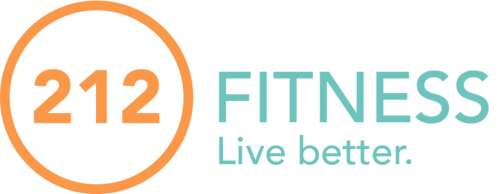Ankle dorsiflexion is the movement of your foot towards your body. It is the movement that is described when you stretch your calf. Most experts agree that we need at minimal 10 degrees of ankle dorsiflexion, and if you are an athlete around 15 degrees is ideal.
In our practice we often see very limited ankle dorsiflexion in athletes of all ages, and most have less than 5 degrees. Although there are many reasons that ankle dorsiflexion can be limited, the #1 reason is calf tightness. If the calf is tight, it will limit movement of the foot while walking, running and playing sports. This often leads to overcompensation of other muscles and can lead to some debilitating overuse injuries of the ankle, calf, and knee. Knee pain in athletes of all ages can be triggered by limitations of ankle dorsiflexion leading to increased loading of the patellar or quadricep tendon. These types of soft tissue injury without structural damage can be extremely painful and limit even basic function.
Tightness in the calf muscles can also lead to increased loading and overuse injury of the achilles tendon. Many athletes experience achilles tendinitis or tendinopathy and the main reason is often due to limited ankle dorsiflexion created by tightness in the calf muscles. This creates increased stress along the lower part of the calf called the musculotendinous junction or where the achilles tendon inserts into the calcaneus bone.
There are a few ways to determine if you have limited ankle dorsiflexion movement. If your heels tend to come up when you are squatting, there is a good chance your ankle dorsiflexion is limited because of calf tightness. You can also try squatting with just your heels elevated about ½ inch. If this feels much more comfortable, then you have limited ankle dorsiflexion. There is also a simple ½ kneeling test you can try (see below). Place a vertical stick at the front of your toes. If you cannot keep your foot flat without your knee passing at least 2 inches in front of the vertical stick, you probably have significant muscle tightness.
Self Treatment: The best way to treat calf tightness is by doing self-massage with a massage gun or using a foam roller (see below). Roll out the calf muscles rotating your leg in and out to hit various muscle fibers. Find very tender areas and roll on those myofascial trigger points for about 30 seconds each. You can also perform various stretches for the calf. Typically we recommend doing foam rolling or other myofascial release techniques followed by some stretching exercises for optimal improvement.
Professional Treatment: If you have a history of previous ankle sprains or other ankle injury, you may need professional help from a physical therapist to mobilize the joint and use some modalities. If you are experiencing achilles tendon or knee pain, EPAT/shock wave therapy may be needed to improve the health of the tendons . EPAT uses acoustic pressure waves to safely increase metabolism and blood flow, stimulating or enhancing healing of the injury. The microtrauma induced by the treatment triggers a cascade of inflammatory factors that help regenerate the damaged tissue.
If you have questions, please call OnPoint Performance LLC or you can visit our website at OnPointPerformancePT.com to schedule an appointment.


